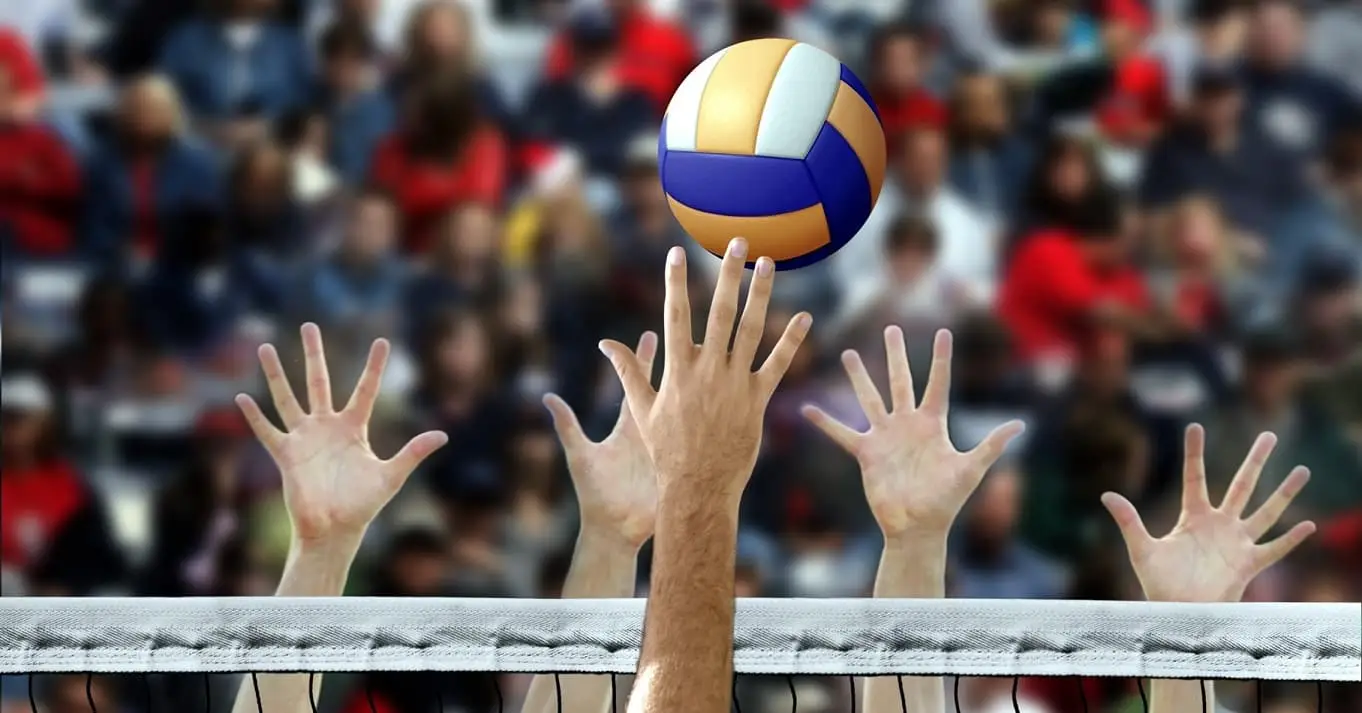Confident attack management, tactical inventiveness, the ability to feel the moment, and absolute composure — the role of a setter in volleyball is not just key. In every play, it is the setter who establishes the balance between the speed, direction, and unpredictability of the attack. The effectiveness of attackers, the team’s stability, and the success of interactions depend on their actions.
Without a setter who possesses the composure of a chess player and the intuition of a strategist, the game falls apart like a house of cards. It is the setter who shapes the strategic skeleton of the team — invisible but unyielding.

The Role and Responsibilities of a Setter in Volleyball
The tasks facing this position form a complex set of skills — not only technical but also cognitive. They go beyond simple ball distribution.
During each set, the player:
- receives the second ball in almost every play;
- chooses the type and direction of the set;
- analyzes the opponent’s block positioning in real-time;
- conceals intentions until the last second;
- establishes communication with each attacker;
- instantly adapts the plan to changing formations.
No other setter position in volleyball requires such simultaneous precision and multitasking. The organizational structure of the entire attacking game rests on them. Yet, they do not receive accolades for scoring points, but it is their decisions that pave the way for successful attacks.
Three Angles of Control: Technique, Tactics, Communication
Three aspects without which leadership on the court is impossible. The setter controls not only the ball but also the tempo, space, and team morale — through precision, tactics, and instant interaction.
Technique
The setter employs up to seven types of sets, including high, quick, back, side, short, and deceptive sets. Each type has its own application zone. For example, the types of sets a setter uses depend on the positioning of the attackers. Quick sets are for quick attacks, high sets for prolonged plays.
The classic set — “tempo” — requires pinpoint accuracy. In elite leagues, the average ball touch duration by a setter is less than 0.4 seconds. And the margin of error in height does not exceed 5 cm.
Tactics
The game tactics are built around the organization of the game by the setter. They adjust the scheme based on the opponent’s blocking, vary the direction of attacks, and create an illusion of chaos where there is a plan. An effective setter can conceal an attack even from an experienced opponent.
Communication
Effective communication by the setter within the team begins long before the match. Understanding with the attackers is honed during training sessions. During the game, everything happens without words — through looks, gestures, tempo. They coordinate not only the attack but also the reorganization after a serve, quickly aligning zones, directions, and plans.
Analysis of Game Scenarios
The setter is like an air traffic controller on a busy runway. They control the movement of attacks, the speed of sets, and the direction. On the court, they constantly read the players’ positions and make split-second decisions.
The role of a setter in volleyball depends on their starting position. In the front line, they either attack or set plays through the edges. In the back line, they lead the defense, read the serve, and control the depth. Out of the 6 game zones, they most often operate from the third zone for centralized overview and the ability to set in any direction.
Tactical Schemes
The transition from a standard scheme to a creative one is a crucial task. For example, in a 5-1 formation (one setter, five attackers), the team focuses on the stability of plays. In a 6-2 formation, two setters alternate, enhancing variability. Only with a single leader in this role does a true sense of rhythm emerge.
Examples of a Setter’s Influence on the Outcome
Game initiative often arises not in the final hit but in the decision-making point. It is in these episodes that the setter’s role becomes decisive for the entire play scenario.
Top 5 situations where the role of a setter in volleyball determines the game’s outcome:
- At a score of 23:23 in the deciding set — disguises a set for the opposite hitter, forcing the opponent to set the block on the edge. The attack goes through the center, winning the point.
- During a prolonged opponent’s serve — retrieves the second ball with a low trajectory and manages to deliver an accurate back set. The team maintains the tempo and finishes the play.
- At the moment of substituting the setter — the new setter drastically changes the game’s rhythm, causing the opponent to lose their tactical bearings.
- When the blockers show signs of fatigue — uses a combination of “fast-slow” on the same direction. The block loses timing, and the attack goes through easily.
- In the absence of a scoring leader — redistributes the load, making all players equally threatening, creating an illusion of unpredictable play.
Each of these moments underscores the strategic thinking and flexibility that define their role in volleyball. It is not the ball but the choice of route that determines success.
Setter’s Influence on Game Dynamics
Every set is not just a pass but a strategic element. The setter’s role in volleyball is evident in every attacking combination. The opponent sees the attacker’s jump but does not know where the set will come from. The psychological pressure arising from variability turns them into a composed space manipulator.
An elite setter distributes sets in a way that even an average player looks threatening. The attacker receives the perfect set at the optimal trajectory point, usually with minimal delay — no more than 0.7 seconds after the ball’s lift. This precision not only provides time for the attacker but also instills confidence.
Setting as a Tool of Domination
In volleyball, the setter turns a regular play into a tactical operation. The set fixes the attack scenario but leaves an illusion of randomness. The main goals are to create height advantage, mislead the block, and accelerate the tempo.
FIVB statistics indicate that teams with setters using more than 4 set directions in a single set increase their chances of winning the play to 72%. Monotonous sets reduce the attack’s variability and allow the block to adapt. Only unconventional thinking provides an advantage.
In the attack structure, the set serves as a navigation function. Without precise sets, the attack’s desired amplitude does not occur. Disruption of rhythm is one of the main reasons for failures in offense.
Setter’s Tactics
The block is the main enemy of the attacker, but it is the setter’s role in volleyball that diminishes its significance. With proper set placement, the block lags behind by 0.3–0.5 seconds — enough for a successful hit. Timing calculations, distracting maneuvers, setting to an unexpected zone — all of these reduce the block’s effectiveness by 25–40%.
A classic example is the “reverse circle” scheme, where the setter raises the ball, simultaneously simulating a set to the center but sharply redirects it to the far line. The block remains in the center, while the ball goes to the open zone. The effectiveness of such a combination in world volleyball reaches 83%.
Coordination and Defense
Not limited to attacking, the setter also participates in defense. During serve reception and in backline defense, they become a link that transitions the ball from defense to attack. Their responsibilities in volleyball require constant control over the depth of positioning, diagonal coverage, and coordination with the libero.
One of the key skills is transforming defensive play into transition play. With proper body positioning and trajectory analysis, they can deliver a set that meets all attack parameters from an awkward position. In time-constrained situations, this skill is invaluable.
Psychology of the Position
The setter position in volleyball demands special psychological resilience. The pressure in this role is comparable to that of a goalkeeper in the final of the World Cup in football. One mistake nullifies the combination. Moreover, no other position requires such a volume of decision-making in a single game — up to 400 decisions per match.
The need to maintain concentration throughout each play, analyze all players’ positions, adapt to non-standard situations — all of this requires developed game intuition.

Key qualities: stress resistance, tactical thinking, quick reaction, high level of game intelligence.
Conclusion on the Setter’s Role in Volleyball
The setter constructs the game, directs attacks, reads defenses, and controls the tempo. Every play reflects their precision and calculation. The setter’s role in volleyball is not just about passing but about purposefully building the entire strategy. The team’s success starts with their decisions.
 en
en  de
de  ar
ar  es
es  hi
hi  fr
fr  nl
nl  it
it  pt
pt  el
el 










